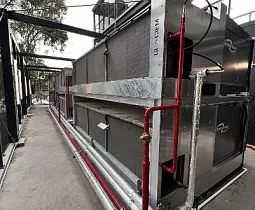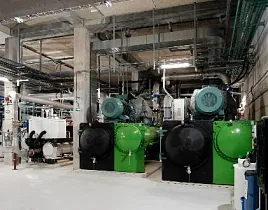
With the amended Energy Performance of Buildings Directive (EPBD) entering into force in July 2018, the European Union has given itself a legal framework to continue pushing efforts at national level to tap into the huge potential for efficiency gains in the building sector. However, the effective implementation of this key piece of legislation is critical for the EU to actually fully deliver on its goals.
This is why EPEE has developed this document intended to clarify five key aspects of the EPBD, providing details on the measures to be implemented as well as recommendations on good practices to be used in order to harmonise the interpretation of this piece of legislation across EU Member States. These aspects include:
Given that heating and cooling have been identified and projected in the long term as the EU’s biggest energy consuming sector, EPEE, representing the heating, cooling and refrigeration industry in Europe, has continuously supported the need for an ambitious and correctly implemented EPBD. Our members’ technologies have the potential to significantly reduce energy consumption and the impact on climate, limit energy demand and increase energy security in Europe.That is why EPEE and its members stand ready to guide Member States as much as possible in ensuring that they correctly implement the EPBD for the benefit of their citizens and the environment.
EPEE’s EPBD Implementation Guidelines 2019 can be downloaded here.



